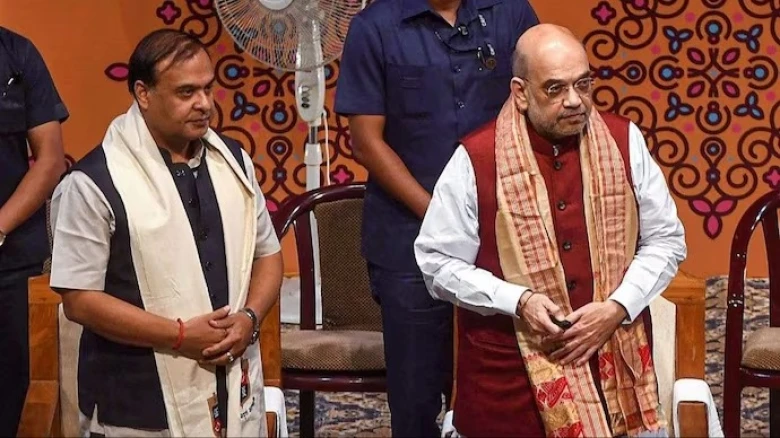The negotiation, which took place over ten years, is a noteworthy accomplishment for the federal administration under Narendra Modi...
Digital Desk: The United Liberation Front of Asom (ULFA) pro-talk faction and the Center are scheduled to sign a peace agreement today, which would be a major step forward in resolving the long-standing insurgency issue in the northeast.
The signing event would feature the presence of Home Minister Amit Shah and Chief Minister of Assam Himanta Biswa Sarma, highlighting the seriousness and significance of this momentous occasion for the government.
The negotiation, which took place over ten years, is a noteworthy accomplishment for the federal administration under Narendra Modi. The pro-talk side led by Anup Chetia and Aravinda Rajkhowa is scheduled to sign the agreement this evening, but the Paresh Barua-led ULFA (Independent) section is still against the talks.
Years of Armed Insurgency
With the intention of "restoring Assam's sovereignty," the ULFA was established on April 7, 1979. Over the course of its four decades in existence, the group has been responsible for several attacks.
Currently, Bhutan, Myanmar, and Bangladesh are home bases for the rebel organization. In Pakistan and China, a few of its cadres even underwent training. At one point, ULFA was regarded as the most powerful rebel group in Southeast Asia, second only to the LTTE, and was greatly feared above all other rebel groups in the northeast.
ULFA began before the Assam Agitation and gained strength afterward. Internal divisions among the top leadership were evident for the duration of its existence.
Even though the hardline ULFA section led by Paresh Baruah was strongly against it, the Rajkhowa-led side started talks with the government in 2011. In response, Baruah announced his intention to form ULFA (Independent) and stay away from the peace accord that is being signed today.
Recognition of Fundamental Issues by the Government
A strategy change by the government is indicated by the peace accord. The Indian government initially consented to talk about sovereignty and other fundamental concerns brought up by ULFA in 2005. Assam's long-standing issues have been addressed, and the pact not only puts an end to the insurgency but also marks a significant step in that direction.
The formal recognition of six people in Assam, namely the Moran, Muttock, Tai-Ahom, Koch-Rajbongshi, Sootea, and Tea Tribes, as Scheduled Tribes (ST), is one of the primary demands made by the ULFA. Approximately half of Assamese people would be classified as tribal if these groups were given tribal status, which may turn the state into a territory inhabited primarily by tribal people.
What Is Included in the Peace Agreement?
A revision of the citizenship list, rights for Assam's indigenous people, new land reserve policies, and a cash package are all possibly included in the peace agreement, according to sources.
In addition to helping the region's economic issues, a cash package would support the rehabilitation of former ULFA members.
In order to address the issue of illegal immigration, ULFA's charter of demands highlighted a review of the citizenship list as a major priority.
According to sources, the agreement would also include clauses protecting the Assamese indigenous people's political, economic, and cultural rights.
Renowned novelist and journalist Rajeev Bhattacharyya, who has written extensively about ULFA, believes the agreement is a positive move. Although the BJP might gain electoral traction, he claims that the major obstacle is going to be getting the accord implemented quickly and effectively.

Leave A Comment